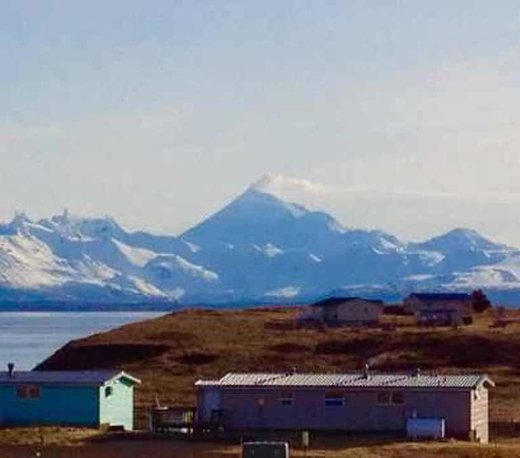
© Craig JacksonPavlof Volcano was seen steaming on March 25 at 10:50 a.m
The U.S. Geological Survey reports that a volcano on Alaska's Aleutian Islands erupted Sunday afternoon and sent ash 20,000 feet into the air.
The agency says the Pavlof Volcano, which is about 600 miles southwest of Anchorage, erupted at 4:18 p.m. local time. The agency says the eruption also led to tremors on the ground.
The USGS has raised the volcano alert level to "Warning" and the aviation warning to "Red."
The agency says the volcano, which is about 4.4 miles in diameter, has had 40 known eruptions and "is one of the most consistently active volcanoes in the Aleutian arc."
The USGS says that during a previous eruption in 2013, ash plumes rose 27,000 feet. Other eruptions have generated ash plumes as high as 49,000 feet.
The community closest to the volcano is Cold Bay, which is about 37 miles southwest of it.
Source: Associated Press
Comment: Mexico's Popocatepetl volcano also lit up the night sky with a spectacular eruption on the same day.